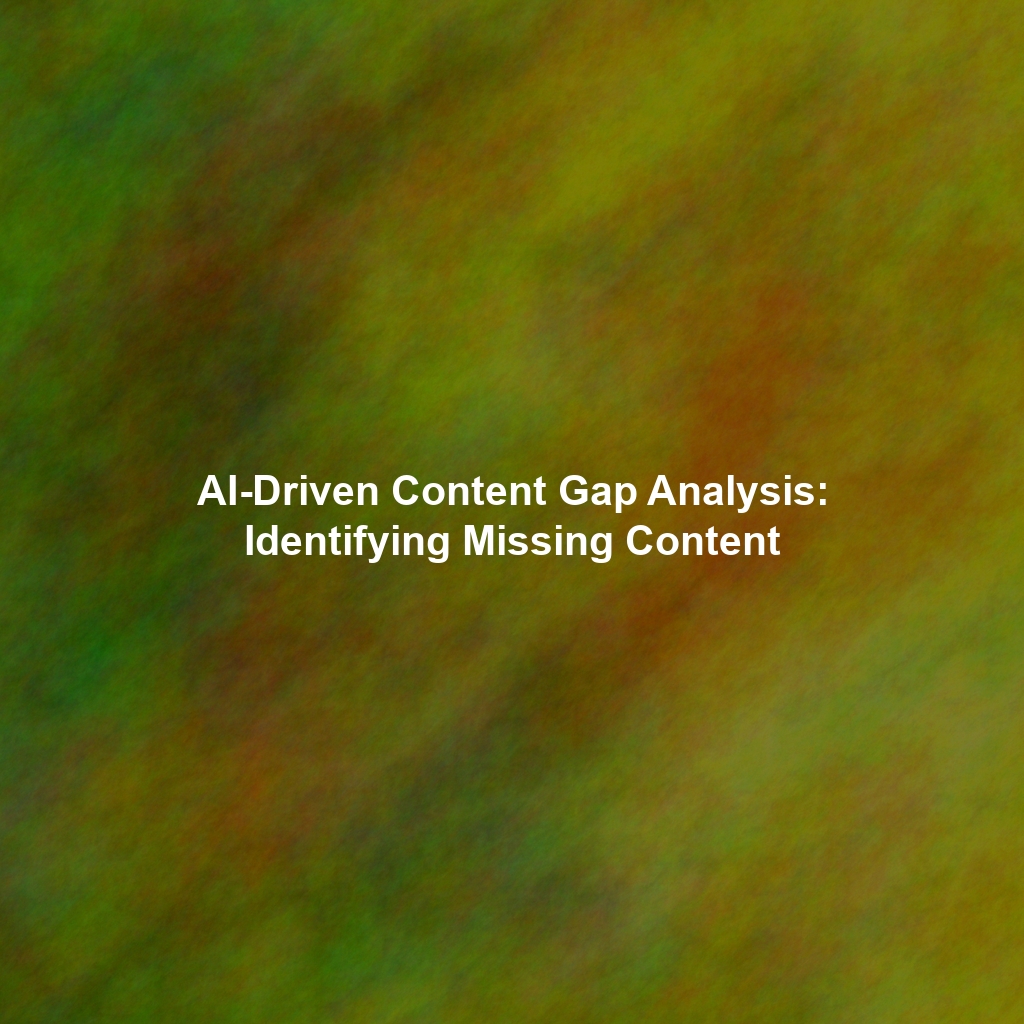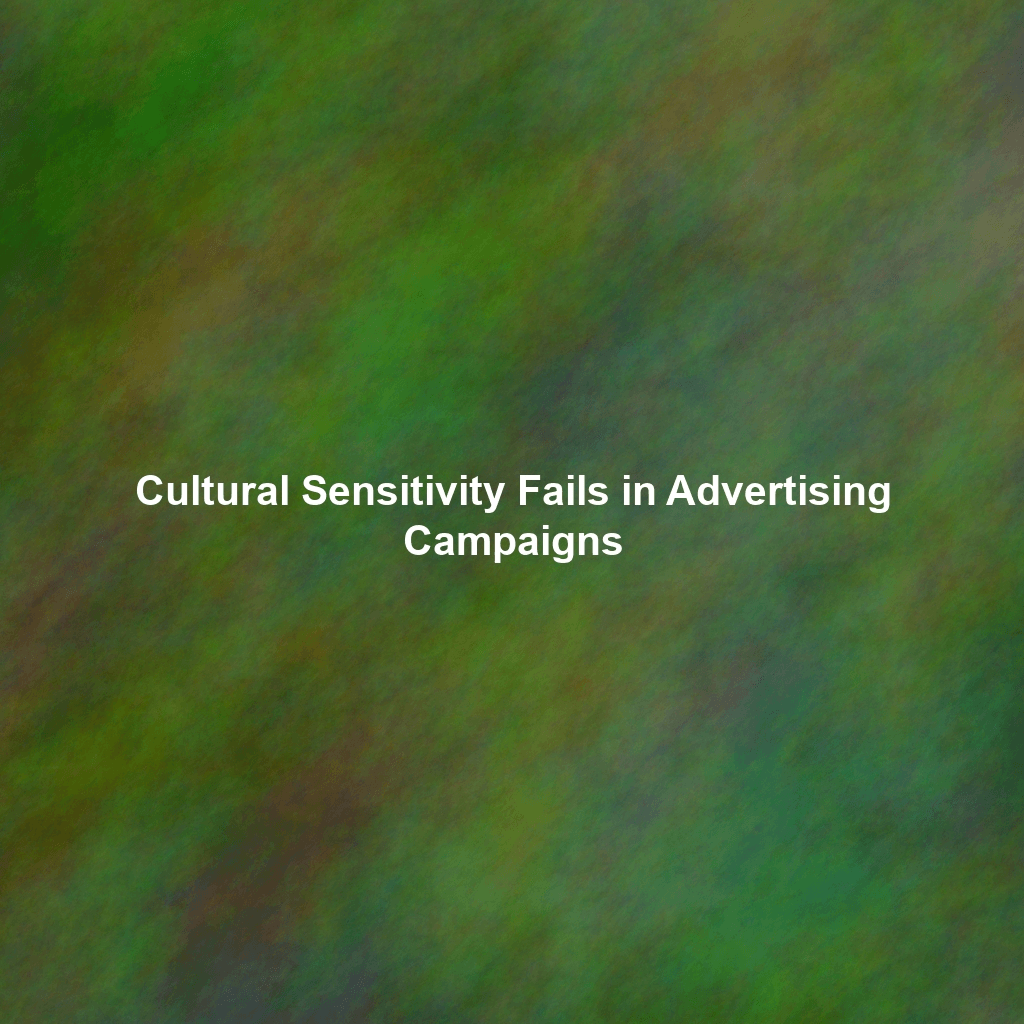Predictive content analytics, powered by the ever-increasing sophistication of Artificial Intelligence (AI), offers marketers a tantalizing glimpse into the future. Imagine knowing, with a high degree of certainty, which content formats, topics, and styles will resonate most effectively with your target audience. This promise allows for optimized content creation, better ROI, and, ultimately, stronger brand engagement. However, like any powerful tool, predictive content analytics carries significant ethical responsibilities. The algorithms that drive these predictions are only as good as the data they are trained on, and if that data reflects existing societal biases, the AI will inevitably perpetuate and even amplify them. This article delves into the ethical considerations surrounding predictive content analytics, focusing on identifying and mitigating bias to ensure fair outcomes for all.
The Promise and Peril of Predictive Content Analytics
At its core, predictive content analytics leverages historical data and trends to forecast future content performance. This involves analyzing vast datasets comprising content attributes (e.g., length, format, keywords), audience demographics, engagement metrics (e.g., clicks, shares, time on page), and external factors (e.g., seasonality, trending topics). By identifying patterns and correlations, AI algorithms can predict which content is most likely to succeed, allowing marketers to allocate resources more effectively and create content that truly resonates with their audience.
However, the potential benefits are overshadowed by the risk of perpetuating bias. If the historical data used to train these algorithms reflects existing inequalities or stereotypes, the AI will learn to associate certain content characteristics with particular demographic groups, potentially leading to discriminatory outcomes. For example, if past data shows that content featuring only one gender performs better than content showcasing diversity, the AI might incorrectly recommend against creating inclusive content in the future.
Identifying Sources of Bias in Content Analytics
Bias can creep into predictive content analytics at various stages of the process. Understanding these sources is crucial for mitigating their impact.
Data Bias: The Foundation of the Problem
The most common source of bias lies within the training data itself. This can manifest in several ways:
- Historical Bias: Past content performance may reflect societal biases and inequalities. If your historical data predominantly features content targeted towards a specific demographic, the AI may unfairly favor similar content in the future.
- Representation Bias: Certain demographic groups may be underrepresented or misrepresented in your data. This can occur if your audience data is incomplete or skewed towards a particular segment.
- Measurement Bias: The metrics used to evaluate content performance may be biased themselves. For example, engagement metrics may not accurately reflect the experiences of all audience members.
Algorithmic Bias: Amplifying Existing Problems
Even with unbiased data, algorithms can introduce their own biases through:
- Selection Bias: The algorithm may select certain features or variables as being more important than others, based on biased training data.
- Optimization Bias: The algorithm may be optimized for a specific performance metric that does not accurately reflect the needs of all audience members.
- Feedback Loops: The algorithm’s predictions can influence future content creation, further reinforcing existing biases in a self-perpetuating cycle. For example, if the AI predicts that content A will perform better than content B, and content A is therefore promoted more heavily, the increased exposure can artificially inflate its performance, further solidifying the AI’s biased prediction.
Mitigating Bias and Ensuring Fair Outcomes
Addressing bias in predictive content analytics requires a multi-faceted approach, encompassing data collection, algorithm design, and ongoing monitoring.
Data Auditing and Preprocessing
The first step is to thoroughly audit your historical data for potential biases. This involves:
- Analyzing demographic representation: Ensure that your data accurately reflects the diversity of your target audience.
- Identifying potential biases in content performance metrics: Consider whether your metrics unfairly favor certain types of content or demographic groups.
- Correcting imbalances in the data: Techniques like oversampling or undersampling can be used to address underrepresentation issues.
Algorithmic Fairness Techniques
Several techniques can be used to mitigate bias in AI algorithms:
- Fairness-aware algorithms: These algorithms are designed to explicitly account for fairness considerations.
- Regularization techniques: These techniques can prevent the algorithm from overfitting to biased data.
- Explainable AI (XAI): XAI techniques can help to understand how the algorithm is making predictions and identify potential sources of bias.
Transparency and Accountability
Transparency and accountability are crucial for building trust and ensuring that predictive content analytics is used ethically. This involves:
- Documenting the data and algorithms used: Be transparent about the data sources, algorithms, and methods used to generate predictions.
- Establishing clear lines of accountability: Assign responsibility for identifying and mitigating bias in the system.
- Regularly auditing the system for bias: Continuously monitor the system’s performance for potential biases and take corrective action as needed.
Human Oversight and Judgment
Ultimately, AI should be used as a tool to augment human judgment, not replace it. It’s crucial to maintain human oversight and ensure that AI-driven predictions are not blindly followed. Human experts can bring their contextual knowledge and ethical considerations to the table, helping to identify and correct potential biases that the AI may have missed.
The Future of Ethical Predictive Content Analytics
As AI continues to evolve, the ethical considerations surrounding predictive content analytics will only become more complex. The key to navigating this landscape lies in adopting a proactive and responsible approach. By prioritizing data quality, algorithmic fairness, transparency, and human oversight, marketers can harness the power of AI to create content that is not only effective but also fair and equitable.
The future of content marketing relies on building trust with audiences. Using predictive analytics ethically is paramount to maintain this trust and create a more inclusive and engaging online environment for everyone.
 Skip to content
Skip to content

